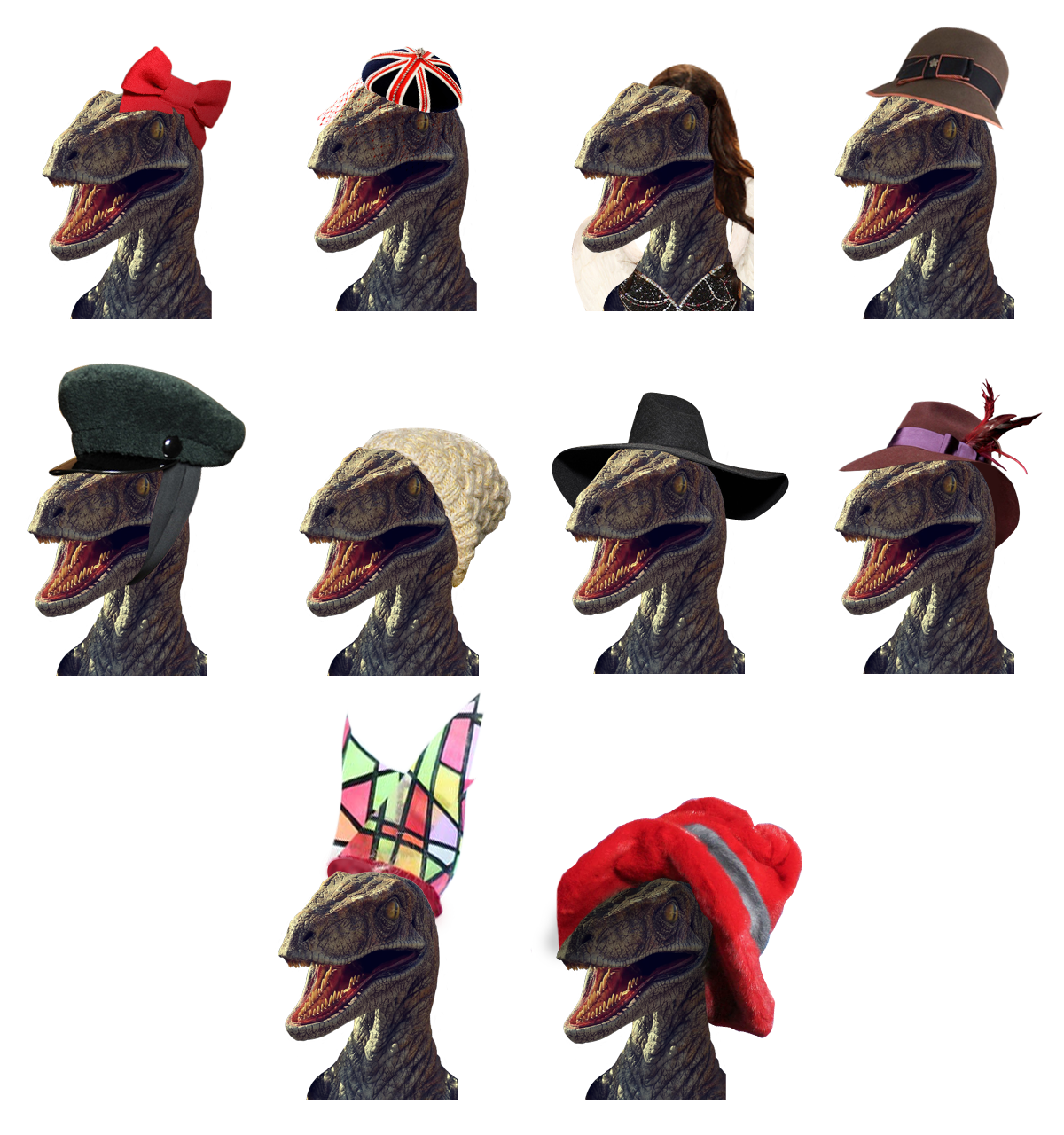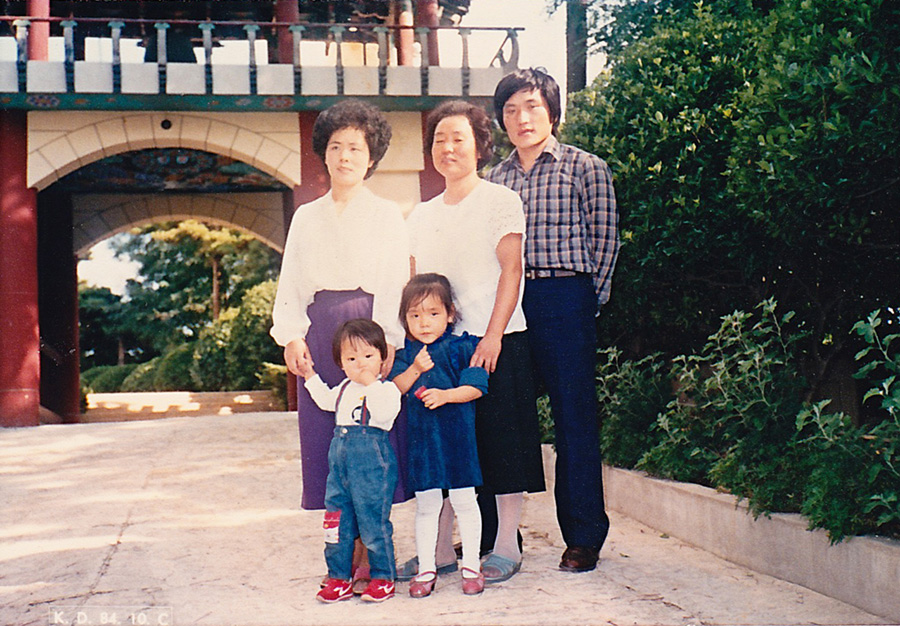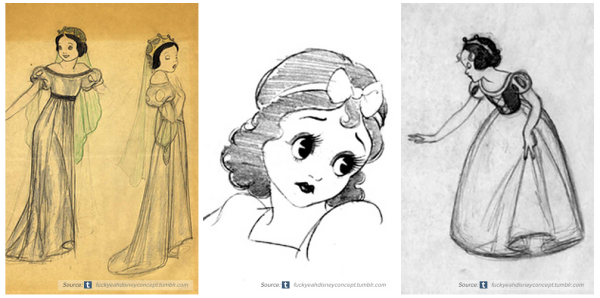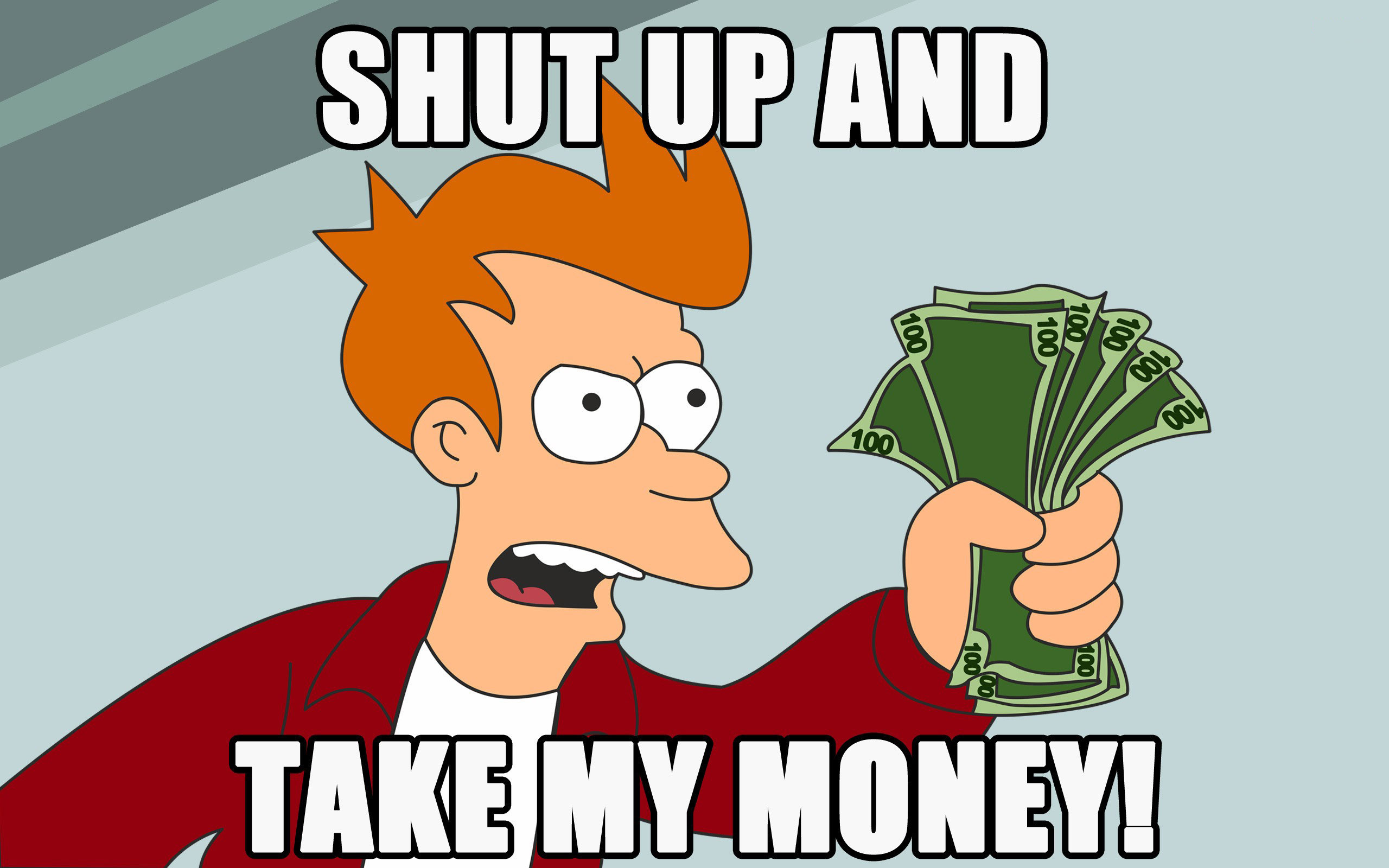Step 1: Go to Vogue UK. Step 2: Enter the Konami code. (up up, down down, left, right, left, right, b, a, enter) Step 3: Watch the awesomeness unfold! I'm pretty sure that the higher-ups at Vogue had no idea such an easter egg existed, considering the silly geekiness of the surprise. :mrgreen: Which of these fabulous raptors greeted you? My favorite is the one with feathers. Via Reddit....
Continue reading






